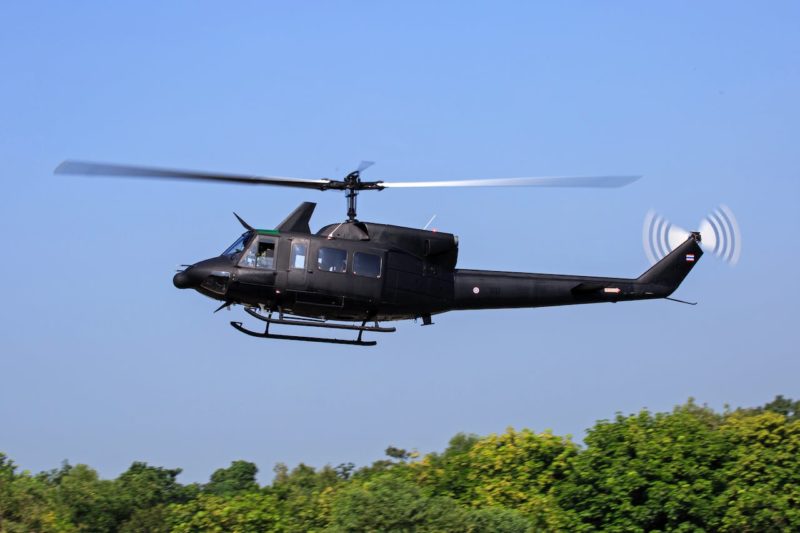Helicopter Terms to Watch Out For

Have you ever noticed how those in the aviation world seem to have their own language? If you don’t know what I’m talking about, try getting a few pilots in a room together and watch how quickly the conversation turns from the everyday to the un-understandable. A simple example of this phenomenon is something that most people learn at a very young age: the alphabet.
While the rest of us are reciting our ABCs, aviation buffs are out learning their Alpha Bravo Charlies with the NATO phonetic alphabet. Sure, this longhand system of spelling out flight numbers and the like may make for less confusion over the radio, but I’d just like to see someone try to make it all the way to “Zulu” before the tune to “Twinkle, Twinkle Little Star” ends.
If you are thinking about getting into the aviation game yourself with a little helicopter flight training, or if you just want to understand the aviation buffs in your life a little better, then here are a few of the weirdest and most unique helicopter terms.
Cyclic and Swashplate
No, I didn’t make these helicopter terms up. It’s actually thanks to these two pieces of helicopter technology that pilots are able to steer helicopters in any direction.
A cyclic stick looks a lot like a joystick and is commonly placed between a helicopter pilot’s legs, and a pilot uses it to control the pitch of the rotor blades by changing their angle the same amount at the same point in their rotation. This cyclic stick is connected to a device called a swashplate, which translates the input of the pilot into the motion of the rotator blades.
Antitorque Pedals
While this may, at first read, seem like something out of the Apollo 13 movie, antitorque pedals are what are used to control the direction in which the nose of a helicopter is pointed. By using these pedals, helicopter pilots can increase or decrease the thrust produced by the tail rotor.
Collective
A collective gets its odd, fairly sinister-sounding name (Oh no! It’s the Borg collective!) from the fact that it changes the pitch angle of the helicopter’s rotor blades all at once, or collectively. This change causes the aircraft to climb or descend and, in some instances, accelerate. The collective lever also relies on the swashplate to function.
Wire Strike Protection System (WSPS)
This most awesome of CIA-sounding helicopter terms is actually a device that is used to reduce the risk of wire strikes for helicopters flying at low altitudes. The WSPS appears as knife-like devices mounted both above and below the cockpit bubble. These devices are designed to cut a wire before it can entangle with the rotor system and cause the aircraft to crash.
So, there you have it. The next time you invite your aviation-minded friends out for a night on the town, throw in a “swashplate” and a “collective” or two, and you’ll be sure to fit right in.
Would you like to receive similar articles by email?


